Math instruction in the Lower School is lively and challenging on many levels, and embraces and incorporates a mission statement that reflects the progressive and forward-looking culture at GDS.
GDS Lower School Math Mission Statement
Students work individually and collaboratively using critical thinking skills to tackle complex problems, enabling them to use mathematics in a meaningful and relevant way; to communicate clearly and powerfully; and to shape the communities and the world in which they live. We will provide an environment that develops and inspires mathematical and socially minded thinking.
Examples of the math mission statement can be found at every grade level:
“Students work individually and collaboratively using critical thinking skills to tackle complex problems, enabling them to use mathematics in a meaningful and relevant way…”
- Fifth grade students apply their knowledge of fractions, decimals, and percents to compile statistics on the 16 teams in the soccer World Cup. They then project a winner based on the team’s shooting efficiency rather than the actual number of goals scored.
“…to communicate clearly and powerfully…”
- About every other week, 1st grade students explore with materials to investigate freely or to perform an open-ended task. Then, using math vocabulary, and sharing how they created their own structures or patterns, they describe their work to the whole group. Students may take a walk around the building to hunt for three-dimensional shapes, measure the heights of their peers, teachers, or objects taped to walls, or engage in a physical activity outdoors such as hopping on a number line to count forward and backward. At choice time, 1st graders work individually or collaboratively to build and record the number of blocks in their constructions and make real-world connections to locations or structures they create. In the process, they develop social skills, learn to share, to question and wonder, to discuss, and to respect each other’s work.
- Second graders create self-portraits monthly. These portraits provide an opportunity for students to make empowering statements about identity. Each month’s compositions also hinge upon the students’ understanding of different geometric concepts. We shift the focus each month, from symmetry one month to parallel lines the next. Most recently, we worked on three-dimensional perspective with a single vanishing point.
“…to shape the communities and the world in which they live…”
- In conjunction with the recent kindness challenge, kindergarteners used four bowls to represent different types of kindness (kindness to classmates, kindness to teachers, kindness to the classroom, and kindness to the environment, e.g., the Big Toy). Each day, the teachers took note of children performing these acts of kindness, described what was noticed, and dropped a cube into a bowl for each act of kindness. The class then recorded their findings with tally marks. On Friday, they added up all the tallies and found they had committed 51 acts of kindness in just one week!
- In 4th grade, students discussed excitedly the planning that might be involved in the construction of a GDS school cafeteria; they used their multiplication and division skills to calculate the number of cafeteria tables needed to seat all of the Lower School students.
“We will provide an environment that develops and inspires mathematical and socially minded thinking.”
- In PK/K, as part of their service learning, students count the sandwiches they make as they place the sandwiches in a bag. They represent each set of ten sandwiches with a “rod,” the base-ten block for ten units. This year, they have already counted 378 hungry people who they have helped feed.
- In a classroom store, 2nd graders continue to practice addition and subtraction algorithms with money while buying classroom craft supplies and selling finished designs to classmates. They grow their classroom account in support of an after-school program, PE, or the school libraries. They keep track of their expenditures and earnings calculations on their Hoppers “Go Green” Cards.
- Some 3rd graders worked on a project where they explored and discussed the current U.S. population. They calculated the rate of increase in population. Then, using mathematical tools, they projected when the population will reach 400,000,000. Similarly, they examined the current world population and projected when that would reach 8,000,000,000.
In addition, before- and after-school math programs continue to provide opportunities for students to stretch their math thinking—solving logic problems, construction challenges, and number stories that require collaborative discussion, innovative thought, and the application of appropriate algorithms. The math program overall continues to adapt to the needs of our students, building basic skills and more advanced algorithms, problem-solving ability, mathematical thinking and, most importantly, the confidence to approach new challenges.
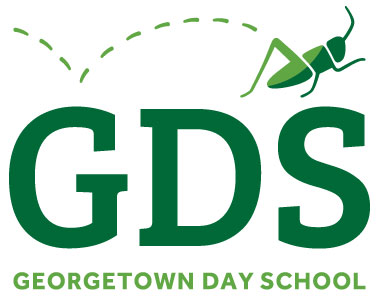

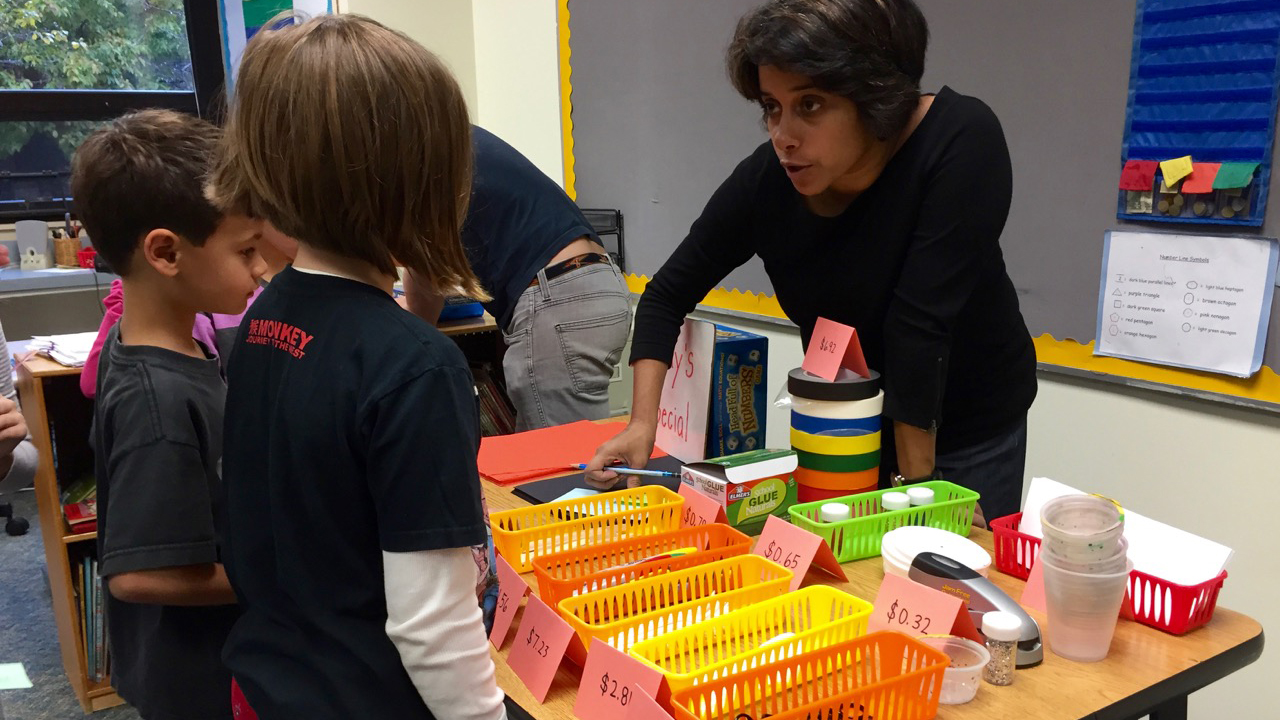
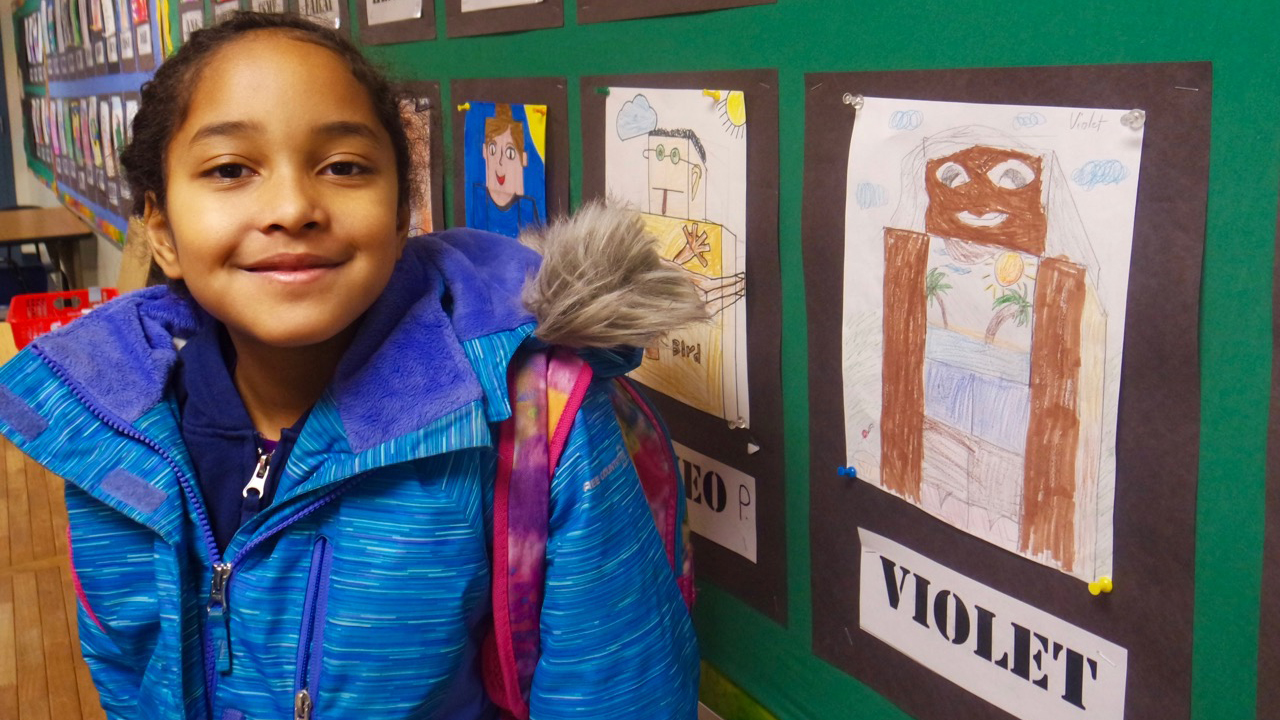

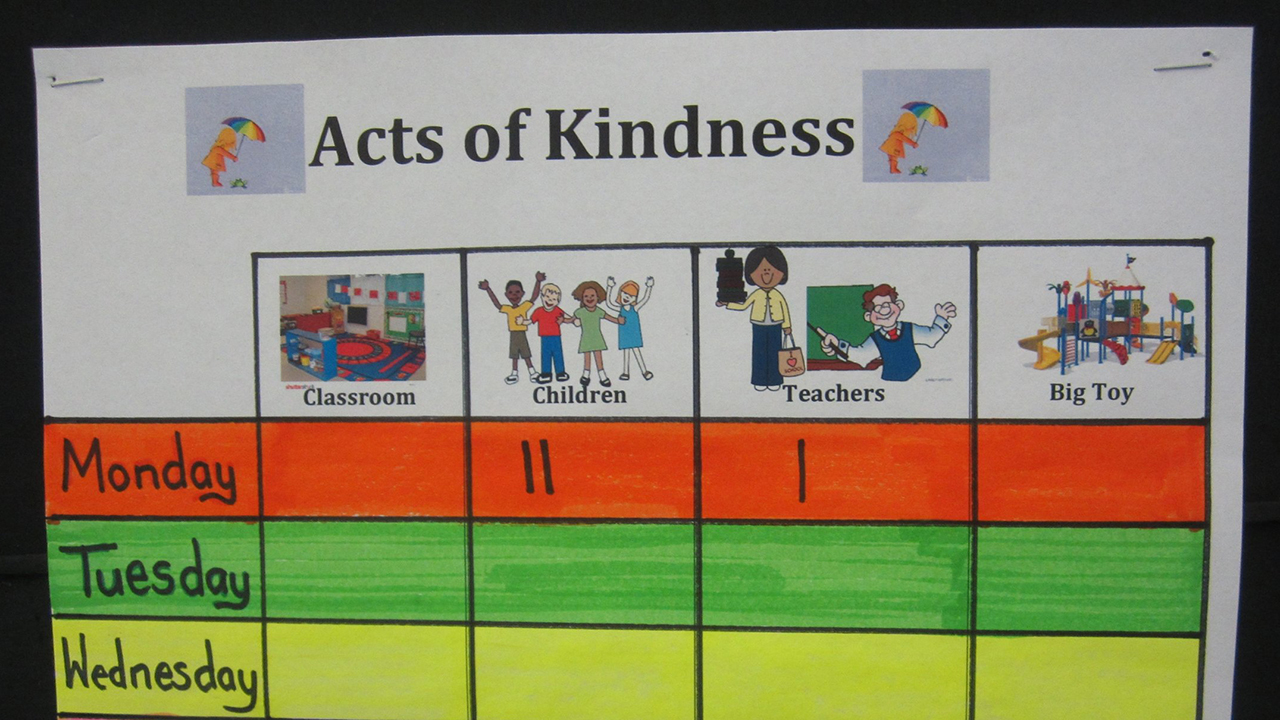
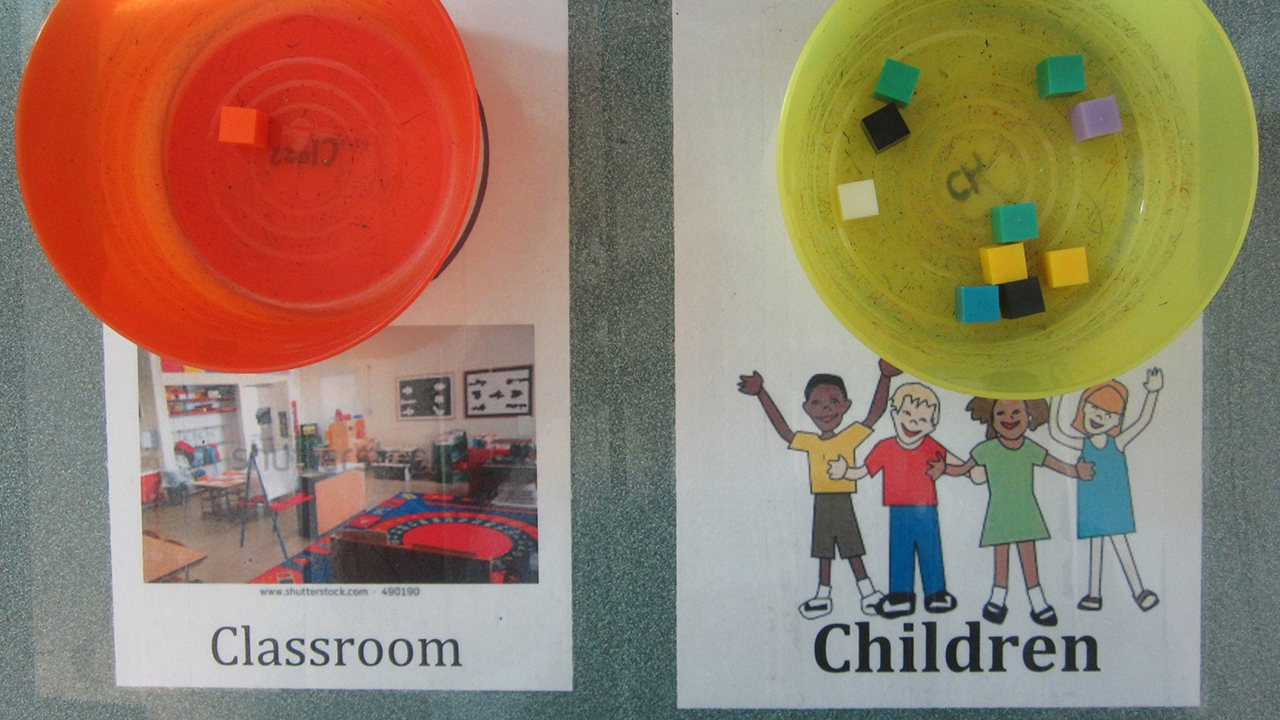
#JustLikeGitha